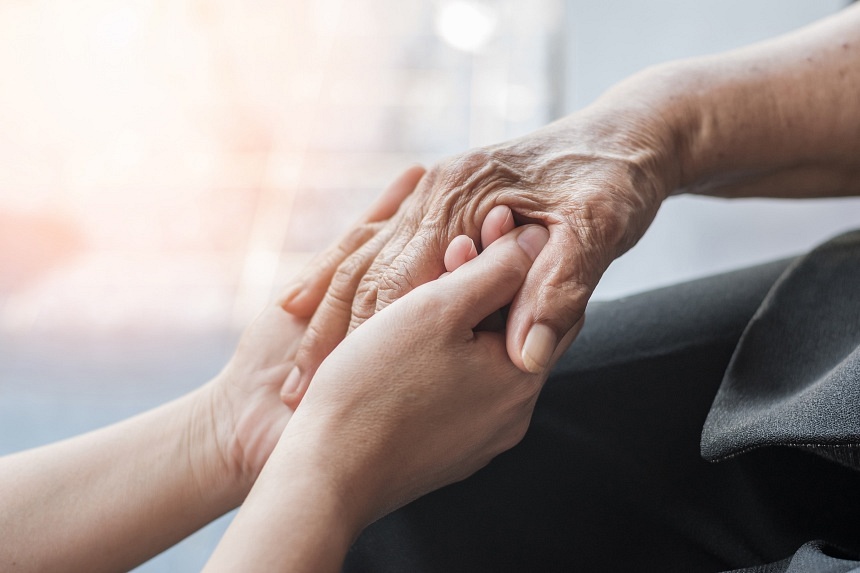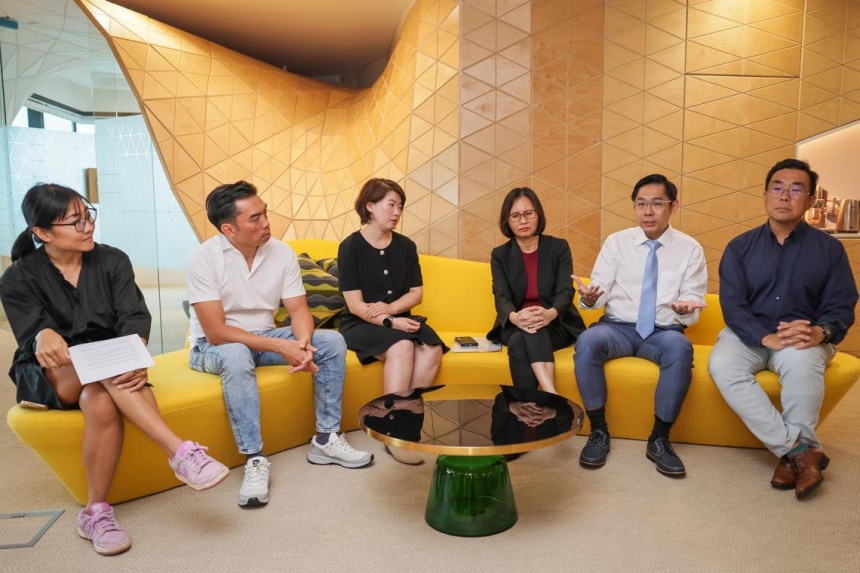Public understanding of palliative care still lacking: Survey

SINGAPORE – While the vast majority of Singaporeans correctly identify palliative care as relieving the suffering of people with a serious illness, a recent survey found that many still mistake it as primarily care of the dying.
Fewer than half of those surveyed understood the full scope of palliative care, which is to improve the quality of life and provide relief to anyone suffering a serious illness that is not necessarily terminal.
The Pulse on Palliative Care commissioned by family foundation Lien Foundation and carried out in July included a quiz to test public knowledge of palliative care.
While over 80 per cent of respondents correctly identified the aim of palliative care as to maximise quality of life, and to help whole families cope with serious illness, fewer than half had a full understanding of its scope.
Some 62 per cent had the misconception that palliative care is restricted to the last six months of life, and 56 per cent believed that it is exclusively for the dying. Additionally, 48 per cent had the misconception that choosing palliative care would mean giving up on other medical treatment.
Data and analytics firm Kantar conducted the online survey on a nationally representative sample of 1,000 Singapore residents. The findings were shared on Oct 9 at a media event held at Lien Foundation’s office, where doctors also engaged in a panel discussion on palliative care.
Singapore is ramping up national palliative care capacity, with the number of palliative medicine physicians almost doubling from 47 in 2014 to 88 in 2024.
In Singapore, palliative care is often started very late in the course of an illness, with the overall median duration of palliative care from referral to death being 22 days. Non-cancer patients tend to access such support much later than cancer patients, with just nine days of care, compared with 33 days for those with cancer, according to data from the Singapore Hospice Council.
While seven in 10 respondents said they had heard of palliative care, only 31 per cent said they knew what it was about, with another 39 per cent saying they knew little about it. The most common source of information was through personal connections, followed by the mass media, and medical professionals.
The 2024 survey, which was also conducted in 11 other markets in the Asia-Pacific region, found that overall awareness in Singapore still lagged behind countries such as Thailand, Australia, Vietnam and Japan.
In spite of this, most of those who received palliative care have had positive experiences. Of those who knew someone who has experienced palliative care, 71 per cent rated the service as good or extremely good.
Additionally, 64 per cent of all respondents in Singapore found palliative care moderately to highly accessible.
There are growing efforts to ramp up palliative care earlier in the disease trajectory. For instance, the Lien Foundation partnered Tan Tock Seng Hospital (TTSH) to launch the Air Master service in November 2023, which includes cardiopulmonary rehabilitation sessions and exercise training.
The service has helped more than 70 people with chronic heart and lung conditions manage their breathlessness, anxiety and other symptoms, enabling them to remain independent, slow functional decline, and avoid unnecessary hospitalisation.

One of the panellists, Dr Neo Han Yee, head of department and senior consultant of palliative medicine at TTSH, said palliative care should ideally start when a patient is diagnosed with an advanced life-limiting illness, such as late-stage heart failure, and when the symptoms start to impair their ability to cope at home.
He gave the example of chronic obstructive pulmonary disease (COPD), where patients experiencing breathlessness have anxiety and face social isolation as they are unable to leave their homes. Even eating becomes difficult. These patients would benefit from rehabilitation to improve their functioning, as well as portable oxygen concentrators and opioids to help with their breathlessness, he said.
COPD patient Lua Chong Poo, 67, came under the care of Assisi Hospice Day Care in June 2024. Following regular physiotherapy, he went from being bed- and chair-bound to walking a short distance in his home.
The physiotherapy and medications, on top of an oxygen concentrator, which delivers oxygen, help with his shortness of breath.
Mr Lua said in a video shown at the event: “The biggest benefit to me is that I feel reassured. For example, I can eat a meal on my own and bathe myself.
“Regardless of how long I may have, at least if my oxygen levels are high, it’s not as bad. If your oxygen is low, you can’t breathe. It feels unbearable. You can’t do anything.”
Mr Lee Poh Wah, chief executive of the Lien Foundation, said: “People often associate palliative care with care for the dying, overlooking its broader scope to relieve symptoms and enhance quality of life throughout an illness trajectory.
“Patients and caregivers may hesitate to seek palliative care because of stigma and the mistaken fear it is akin to giving up on treatment and hope.”
He added that palliative care is often underutilised and not well integrated with other medical specialties, except for oncology.
“More value can be unlocked if we apply palliative care early, alongside life prolonging or curative treatment, as an extra layer of support for patients to prevent unnecessary suffering.”
Join ST's WhatsApp Channel and get the latest news and must-reads.







No comments:
Post a Comment